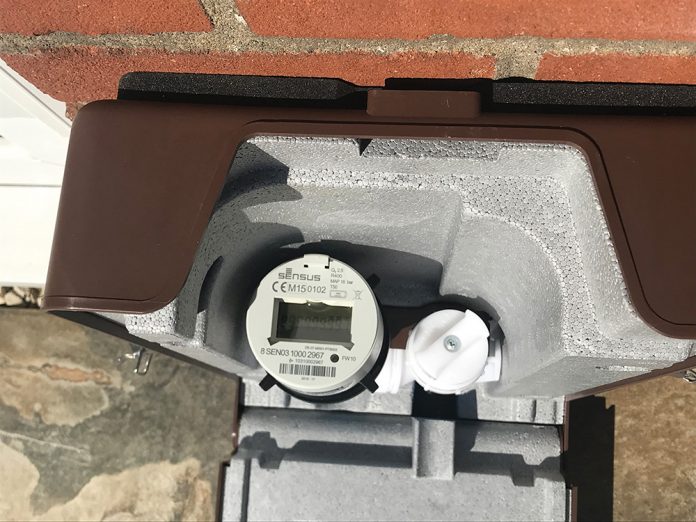The recent massive changes, from home working and education to ‘Zoom’ pub nights, have proven that new innovation can be rapidly introduced when the need is there. The water industry is no exception and the work of Water UK in producing ‘Net Zero 2030 Routemap’ 1 has highlighted, amongst other objectives, the need for savings in water and energy use.
Christine McGourty, CEO, Water UK recently predicted that, with climate change and population growth, England could be short of 3.4 billion litres of water each day by 2050.2
Waste of water and energy, due to leaks and over consumption, will be a significant contribution to the industries carbon footprint and water shortfall. To achieve the required transformation, we must let go systems which, although have been useful in the past, are now holding back long overdue revisions of the water supply network.
Before COVID and lockdowns work had begun to achieve the target of providing 300,000 new homes a year and mitigate resource demand in water stressed areas. Even now, every day another 1000 water connections are made, everyone placing pressure on the network.
New applications and technologies need to be developed urgently, allowing for future networks to utilise “live” smart metering. However, systems that can providing secure connections for the next 50-100 years, and lay the foundations smart meters are already available
Design out joints on pipes and prepare for smarter meters
For over 15 years Portsmouth Water have applied a no joint policy to water supply pipes coupled with an above ground meter enclosure which probably explains their primary place at the top of the leakage charts and contributes to their high placing in the D-MeX and C-MeX 2019-20 league tables.
Bob Taylor, CEO Portsmouth Water explained their philosophy, ‘In the context of the Water UK Public Interest Commitment on leakage, our recent industry level reviews and our desire to build ‘leak free’ new networks have highlighted further evidence of the need to improve quality standards at the the point of installation of new networks, with poor quality pipe joints often the source of future leakage.’
‘Portsmouth Water’s policy of having a single joint free service pipe from mains connection right the way through to the wall mounted boundary box has certainly improved confidence around the longer-term quality of these new assets from a leakage perspective. This policy is also helpful in the context of reducing customer side leakage and emerging knowledge in this area is showing that this is a bigger challenge than our previous understanding indicated.’
Portsmouth’s policies on above ground meter chambers also leave the door open for ultra-smart (5G) two-way metering and ‘internet of things’ (IOT) technologies due to the stronger communications signal strength relative to underground meter installation. Such systems have been proven to be able to be read from over 2 miles away from a single pick-up point and worldwide if linked to the internet.
Management of Water pressure
and flow rates
Whilst Water Regulations have always specified minimum flow and pressures for water supplies, there are no defined upper limits. In some areas, due to operational requirements this can result in ‘excessive’ supply which inevitably leads to higher wastage.
Flow restriction devices can be used to modulate flows to individual properties – especially in water stressed areas. Reducing excessive wastage from running taps and managing network demand at peak times, and wastage resulting from leaking pipes.
Backflow protection
The potential of backflow causing major network contamination is relatively low, but it does cause issues with ‘smart’ water meters.
Adoption of joint free installation coupled with surface mounted meter housings incorporating fully accredited backflow protection and flow restriction solves all these issue in one. Integrating a simple “plug in” 3 in 1 device, which is located under a water meter, will not only provide whole site protection to back flow up to fluid category 2, but also flow and pressure modulation.
The use of the Groundbreaker Water Management System has been proved successful in the UK and have a track record of installations over 20 years. The added benefit is that for new build properties, such systems can be installed at the developers’ expense.
For further details please contact or visit web site www.groundbreaker.co.uk
Steve Leigh is founder and managing director of Groundbreaker Systems with over 40 years experience in the industry.
1. Water UK : Net Zero 2030 Routemap Summary https://www.water.org.uk/routemap2030/wp-content/uploads/2020/11/Water-UK-Net-Zero-2030-Routemap-Summary-1.pdf
2. Water UK : Net Zero 2030 Routemap Summary, p5 https://www.water.org.uk/routemap2030/wp-content/uploads/2020/11/Water-UK-Net-Zero-2030-Routemap-Summary-1.pdf




